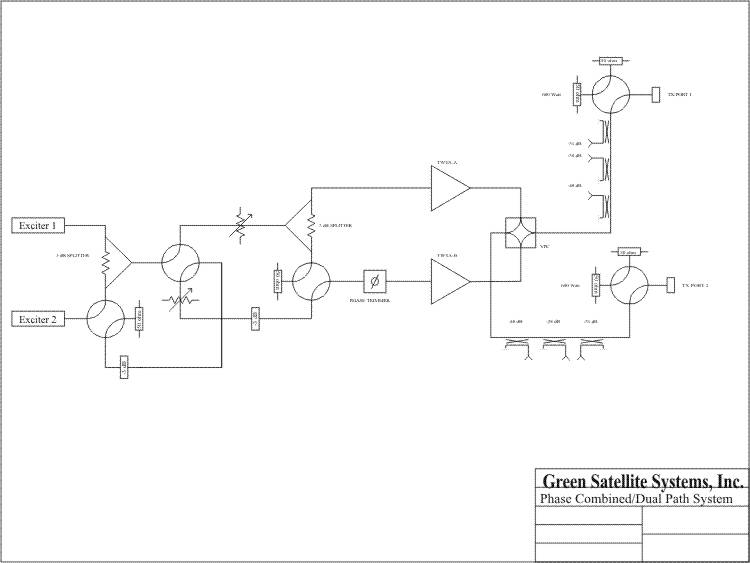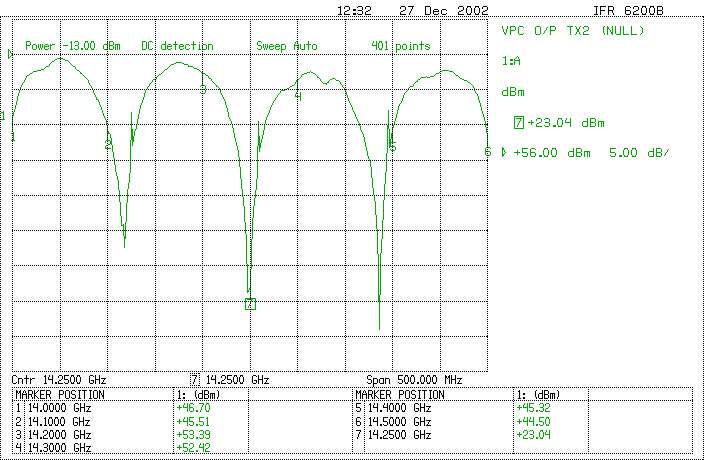 |
||||||||||||||||||||||
|
|
||||||||||||||||||||||
 |
||||||||||||||||||||||
 |
||||||||||||||||||||||
 |
||||||||||||||||||||||
 |
|||||||||||||||||||||||||||||||||||||||||||||||||||||||||||||||||||||||
|
Bob Green’s Web Site! |
|||||||||||||||||||||||||||||||||||||||||||||||||||||||||||||||||||||||
|
Under Construction |
|||||||||||||||||||||||||||||||||||||||||||||||||||||||||||||||||||||||
|
|||||||||||||||||||||||||||||||||||||||||||||||||||||||||||||||||||||||
|
In the old days of Transportable Satellite Uplinking (1980’s), Phase Combining was considered somewhat of a “Black Art.” It was necessary because Satellites needed a lot of power to saturate the transponder. In the ‘90s the satellites got “hotter” and the need for phase combining lessened to the occasional Hurricane/Storm uplink due to rainfade. With the advent of digital there is an interest in Phase Combining that is twofold. The VPC offers the user flexible “Dual Path” switching and in the phase combined mode offers a “soft fail” feature that eliminates the “switch glitch” encountered with the baseball switch transition in a purely redundant system (more on this later). This Tutorial should de-mystify the process and provide you with the understanding necessary to set up and maintain your phase combined system. (Of course, we offer this service as well.) There are two types of Phasing that can be done: Narrow Band Phasing is the result of transmission line differences in the two HPA paths that requires the need to adjust the Phase shifter almost every time you change frequencies. In other words, the Null Characteristic of the phase combined system is adjusted so only a narrow range of frequencies is aligned in the phasing process. Wide Band Phasing is the result of adjusting the transmission lines in the two HPA paths so that the wavelengths are aligned at any frequency in the operational band. This in turn allows the Null Characteristic to be good no matter what range of frequencies is selected in the operational band. Phase shifter adjustment may not be necessary for long periods of time. This also provides for the timing involved when modulating intelligence onto a carrier. When all of the Wavelengths in a given band are phased, the modulation between the two transmission lines is also in sync.
|
|||||||||||||||||||||||||||||||||||||||||||||||||||||||||||||||||||||||
|
|||||||||||||||||||||||||||||||||||||||||||||||||||||||||||||||||||||||
|
New Site Search!!! |
|||||||||||||||||||||||||||||||||||||||||||||||||||||||||||||||||||||||


